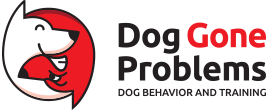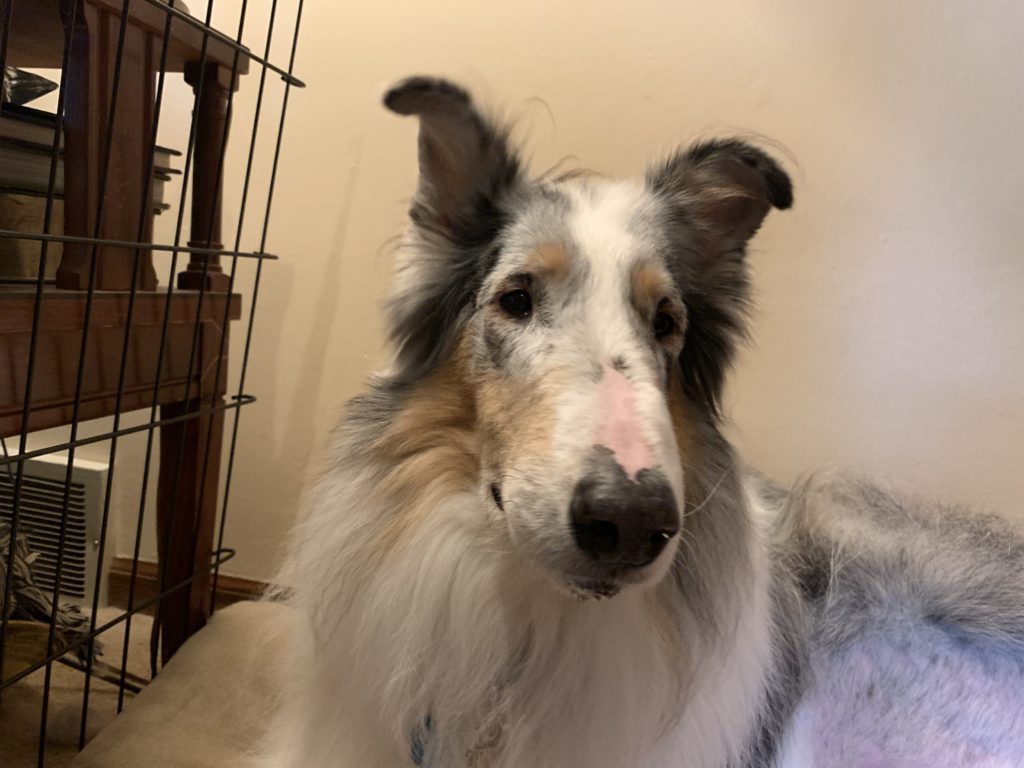Helping a Fearful Rough Collie Learn to Be a Dog Again
By: David Codr
Published Date: August 7, 2019
For this Omaha dog training session we got to help a neglectfully abused 7 year-old Rough Collie named Beau who has spent the first year in his new home hiding behind a chair.
Helping a fearful dog learn to trust people again is one of the more rewarding things I get to do as a Dog Behaviorist. The key is to find situations where the dog feels comfortable and then put it in situations where it is motivated to move forward.
Beau’s guardian was surprised that he came out multiple times with the technique I demonstrated in the above free dog training video. The key to success in this case was we made the treats available, then waited for Beau to get them on his own. Helping a fearful dog regain confidence takes time and patience. Luckily for Beau, his guardian has both traits.
Later in the session we went out for a walk and it was wonderful to see Beau moving around while the environment provided some nice distraction. Seeing him use his nose, exploring things and brighten up with these new experiences was awesome to see.
I invited Beau to come to our Puppy Classes as I think being around younger, fearless little puppies may help provide him with a nice role model of sorts. The next day he came to class and did amazing. We will repeat visits to puppy class over the next few weeks to build on his progress.
To help the guardian remember all the dog behavior tips we shared in this in home Omaha dog training session, we shot a roadmap to success video that you can check out below.
Categorized in: Dog Behavior


